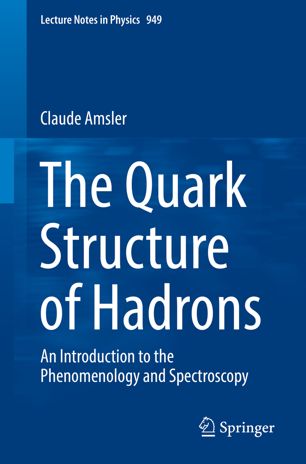

Most ebook files are in PDF format, so you can easily read them using various software such as Foxit Reader or directly on the Google Chrome browser.
Some ebook files are released by publishers in other formats such as .awz, .mobi, .epub, .fb2, etc. You may need to install specific software to read these formats on mobile/PC, such as Calibre.
Please read the tutorial at this link: https://ebookbell.com/faq
We offer FREE conversion to the popular formats you request; however, this may take some time. Therefore, right after payment, please email us, and we will try to provide the service as quickly as possible.
For some exceptional file formats or broken links (if any), please refrain from opening any disputes. Instead, email us first, and we will try to assist within a maximum of 6 hours.
EbookBell Team

4.3
58 reviewsNovel forms of matter, such as states made of gluons (glueballs), multiquark mesons or baryons and hybrid mesons are predicted by low energy QCD, for which several candidates have recently been identified. Searching for such exotic states of matter and studying their production and decay properties in detail has become a flourishing field at the experimental facilities now available or being built - e.g. BESIII in Beijing, BELLE II at SuperKEKB, GlueX at Jefferson Lab, PANDA at FAIR, J-PARC and in the upgraded LHC experiments, in particular LHCb. A modern primer in the field is required so as to both revive and update the teaching of a new generation of researchers in the field of QCD.
These lectures on hadron spectroscopy are intended for Master and PhD students and have been originally developed for a course delivered at the Stefan Meyer Institute of the Austrian Academy of Sciences. They are phenomenologically oriented and intended as complementary material for basic courses in particle and nuclear physics. The book describes the spectra of light and heavy mesons and baryons, and introduces the fundamental properties based on symmetries. Further, it derives multiplet structures, mixing angle, decay coupling constants, magnetic moments of baryons, and predictions for multiquark states and compares these with suitable experimental data. Basic methods of calculating decay angular distributions and determining masses and widths of resonances are also presented.
The appendices provide students and newcomers to the field with the necessary background information, and include a set of problems and solutions.